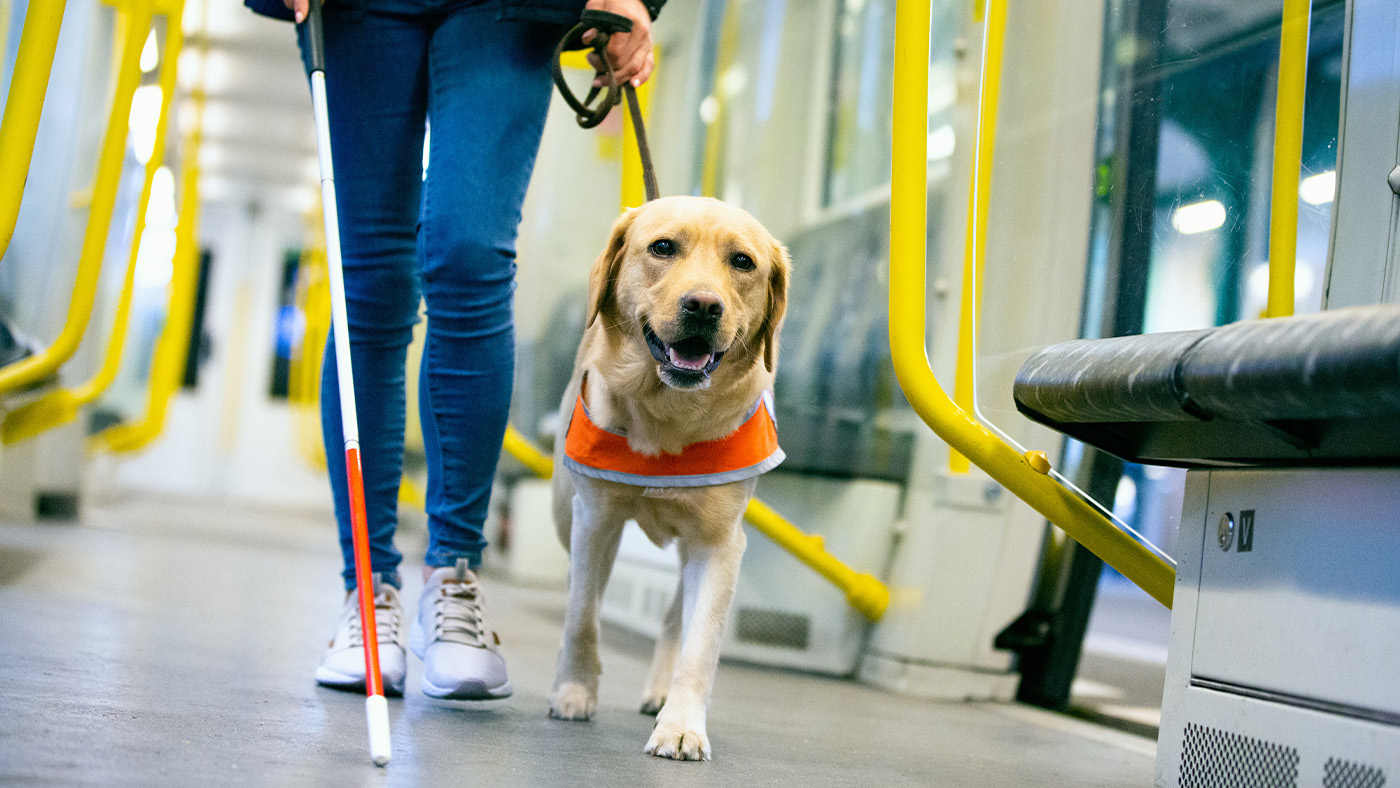AI is being used to help find the next generation of guide dogs in animal welfare ‘leap forward’
New machine learning models can identify signs of guide dog success early on

Artificial intelligence has really risen to prominence in recent years, and it has all sorts of potential uses. One that might not have occurred to you is its ability to help find the next generation of guide dogs (service dogs for the visually impaired) – as researchers at the University of East London are using it for right now.
The team, led by Dr Mohammad Amirhosseini, have been working on machine learning models that look for the early signs of guide dog success. It detects signs that even experienced trainers can miss, potentially saving a lot of time and money, as well as avoiding potential upset when dogs are let go from the process near the end of the line. Here’s how service dogs are trained for an idea of the journey.
“One of the biggest challenges in assistance dog training is the emotional and financial cost of late-stage failure,” explains Dr Amirhosseini, Associate Professor in Computer Science and Digital Technologies. “This is more than a tech innovation – it’s a leap forward for animal welfare.”
When a puppy in training reaches six and 12 months old, their behavior is recorded in detailed questionnaires to get an idea of their focus, personality, and temperament. Here, the AI model can look for potential with plenty of accuracy.
This new research, published in the Applied Animal Behaviour Science journal, expands on a study the same team worked on previously that looked at how AI might be able to map dog personality types.
“This is a truly interdisciplinary project with real-world impact,” Dr. Amirhosseini adds. “We worked closely with organizations that train and place assistance dogs every day. These are the people who know how high the stakes are – not just for the dogs, but for the people whose lives depend on them.”

Working on the research alongside Dr Amirhosseini and his team at the University of East London were experts from the University of Pennsylvania, University of Arizona, University of Nottingham, Canine Companions, featured in Netflix’s Inside the Mind of a Dog, the world’s oldest guide dog school The Seeing Eye, and Dogvatar, the company that funded the project and developed the technology.
Get the best advice, tips and top tech for your beloved Pets
Dr Amirhosseini summarizes, “We’re applying cutting-edge AI to one of the most human-centered roles animals can serve in – helping people live more independent lives. And we’re proud to be walking this path with some of the best minds in the field – both human and canine.”
Read next: 32 things to know about service dogs

Adam is a freelance journalist specialising in pets, music and culture, and mental health and wellbeing. He investigates and writes the large majority of news on PetsRadar, and collaborates with veterinary experts to produce informative pet care content.
Adam has a journalism degree from Southampton Solent University and a masters degree in Magazine Journalism from Cardiff University. He was previously senior editor at dog advice website DogTime.com, and has also written for The Independent, GoodToKnow and Healthline.
He owns two rescue cats, Bunny and Dougie, and has also previously had a rabbit, fish and Roborovski dwarf hamsters.
